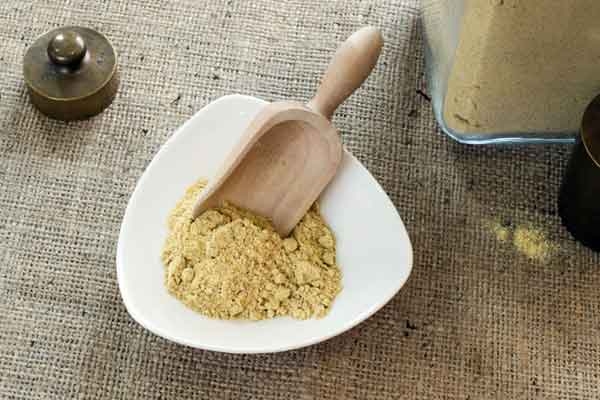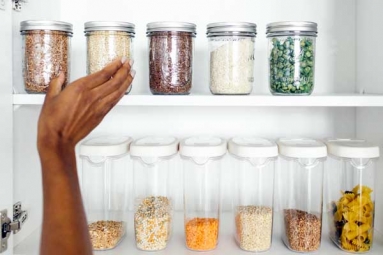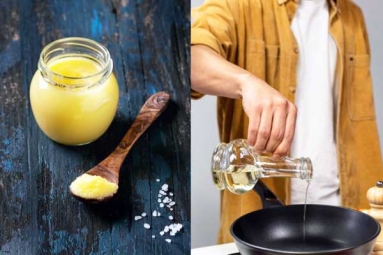
(Image source from: Canva.com)
Unfortunately, food contaminants are common and affect several kitchen essentials every day. From ghee and cheese to milk and sweets, no food is safe anymore. Unfortunately, our favorite spices are no exception to this rule. Hing, also called Asafoetida, is a staple of Indian cuisine and is loved for its unique taste but is highly susceptible to adulteration. Used daily in dishes like dal ka tadka and aromatic curries, hing not only improves taste but also aids digestion. However, eating fake meat can pose serious health risks for you and your loved ones. This is why it is important to know how to identify mesh hinges. It may seem difficult to spot fake Hindus among so many options, but these simple tips will help you buy authentic and fragrant Hindus every time. 5 Easy Ways to Spot Fake Hinges:
Texture: If you're familiar with spices commonly used in Indian cooking, you know that hing has a fine, powdery texture and dissolves easily into dishes. If it seems coarse, it may have been mixed with flour or other fillers. Some counterfeit varieties may also produce lumps, which is a clear sign of added moisture or impurities. To test the texture, rub a small amount between your fingers. As long as it feels soft, it's good to use. If not, it's time to throw it away.
Aroma: Asafoetida is known for its pungent aroma, which some people may even find overwhelming. A real hinge should have exactly this property. If the smell is weak, boring, or artificial, it may not be pure. If you can't smell it, try adding some oil to the hot oil. The scent should be stronger. If you don't, you may be less attractive. Trust your nose and decide whether it is real or not.
Color: Pure hinges usually have a yellow or light brown color, which is a sign of authenticity. If it looks unusually white or has an inconsistent color, it can be mixed with starch, flour, or other ingredients. Some brands use bright colors to attract shoppers, but this unnatural vibrancy can be a red flag. Be sure to compare products and colors from reputable brands to determine the differences.
Melt: Here's a simple kitchen test to test your hinges: Mix a small amount with warm water. Pure hine dissolves evenly and the water becomes slightly cloudy. On the other hand, fake or imitation hinges can accumulate or leave residue on the bottom. This simple test is particularly suitable for powder hinges that are prone to contamination.
Packaging: If you think the above tips are not helpful, trust the brands known for quality and transparency. Original hinges usually come in a sealed container with a clear label with information about the ingredients. However, be wary of misleading descriptions or unusually low prices, as these often look too good to be true. Another important factor to check is the certification and place of production.







